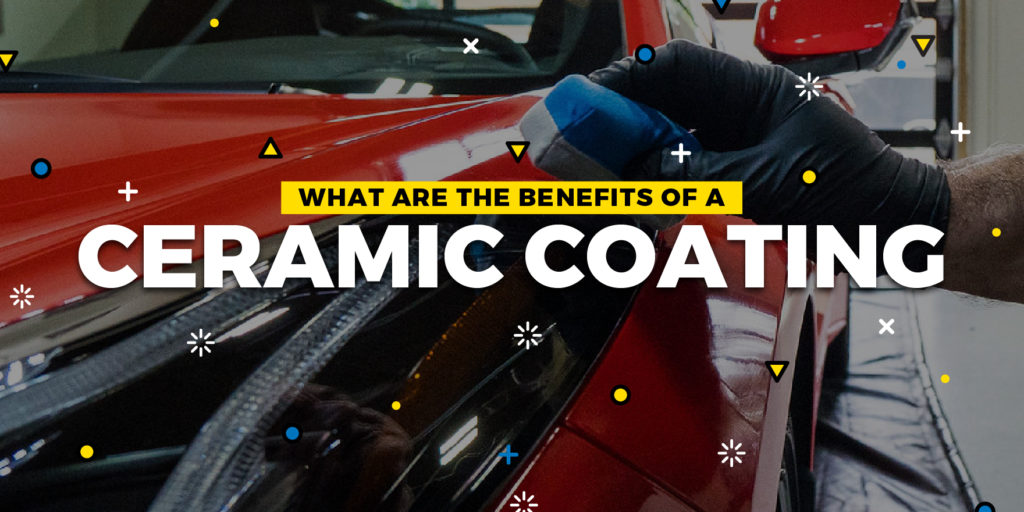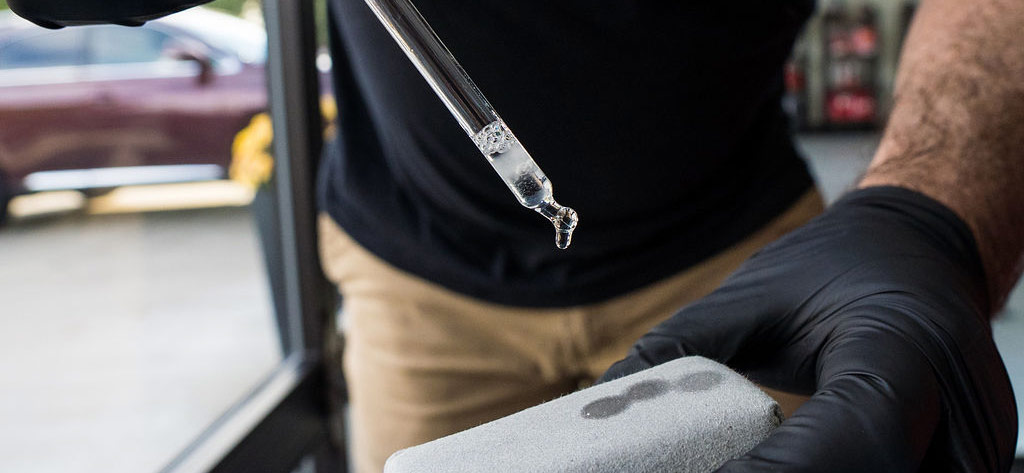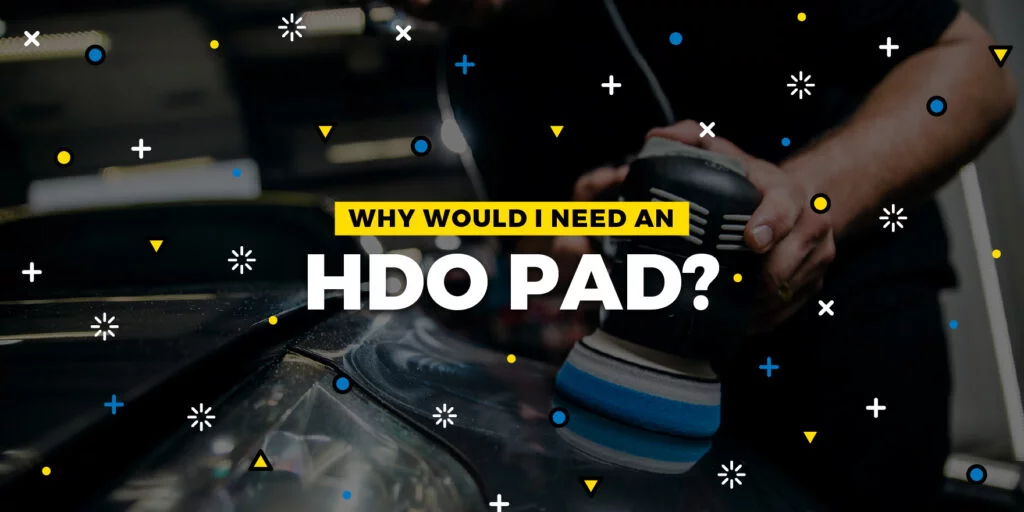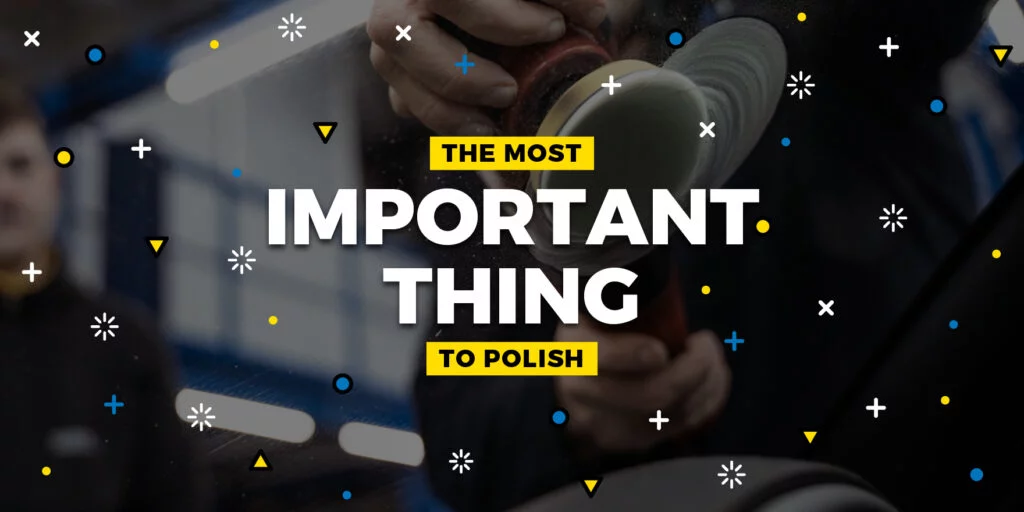
Introducing Lake Country’s New MarineLine Buffing Pads
Experience Superior Marine Detailing with Our Specialized Range At Lake Country, we’re excited to unveil our all-new MarineLine—a comprehensive collection of buffing pads specifically engineered

In a change to our usual schedule, today, let’s talk about what happens AFTER you’ve properly polished your paintwork and how you can use ceramic coatings to help keep it looking glorious for years to come.

No—they do perform similar functions but in a very different way.
Both ceramic coatings and waxes are ‘last step protection’ products. They are designed to work as a barrier, protecting your paintwork surface from the elements – acid rain, fallout, bird lime and so on – which could potentially harm the paint surface and degrade its glossy appearance over time through staining, etching, or a general build-up of road grime that becomes hard to shift.
In practice, the main difference between waxes and ceramic coatings is how long they’ll last.
Ceramic coatings form a bond with the paint surface, which is designed to be durable and chemically resistant. You can’t easily wash it off or degrade it with common cleaning products, and this is one of the reasons that ceramic coatings can have extreme longevity – some manufacturers even warranty their coatings for up to 9 years. Waxes, on the other hand, are much weaker and will generally degrade within a few months of application no matter how carefully you treat your car. They are considered a sacrificial product, expected to need frequently replacing as they become clogged or degraded by environmental hazards and exposure. Unless you particularly enjoy having to keep waxing your vehicle, ceramic coatings are a preferable, time-saving, modern alternative for many.
Once a car has been machine polished and corrected, the results will last for as long as the car is properly cared for afterward. It’s by washing and drying the paintwork without enough care and attention, or long-term neglect, that those looks will gradually deteriorate.
All of this means, with ceramic coatings, you’ll be driving a cleaner-looking car that requires less contact maintenance and less time to keep looking great. But doesn’t a wax do all that, I hear you ask?
When you’re applying and buffing a wax off, you are also probably inflicting swirls and fine scratches in the process (it’s just that the wax hides them, temporarily, as you go). Having a ceramic coating installed means you eliminate the need to keep re-applying more protection, skipping another potentially harmful stage in your car care routine. And if you’ve got any PPF on your car, such as around wheel arches or even on major panels, waxes tend to build up at the edges as unsightly white lines and it’s no fun having to go around with a toothpick…
Unless you particularly enjoy the hand waxing and buffing process – and I know some people still do (I’m looking at you, Danny LaRusso) – it makes a lot of sense to apply ceramic coatings after polishing a car.
Something to look out for when applying a ceramic coating is that mistakes can be a problem. Due to their ‘fussy’ nature, coatings need to be applied within a fairly narrow temperature and humidity window then cured under specific conditions (with some requiring UV/infra-red lamps) over certain time spans. This makes them trickier for the average home user to work with than a simple ‘wipe on / buff off’ wax product, and due to the strong bonds they form, patches or smears in some ceramic coatings (which can form and ‘set’ quickly) may require polishing or even sanding to fully remove. I documented this with Kelly in a recent video – check out a real ceramic coating horror story below.
Waxes also do more than ceramic coatings to improve the look of a car. They have greater ‘filling’ abilities which can mask minor paint surface imperfections and quickly, albeit temporarily, improve the look of imperfect paintwork more than a ceramic coating would. There are times when it’s actually a cost-effective and sensible solution, but it’s no substitute for properly machine polishing and correcting your car for a ‘true’ detailed finish.
I hope that’s been a useful overview of the pros and cons of ceramic coatings, especially when compared to traditional waxes. Keep following along to our blogs and videos where we’ll be giving more helpful tips and advice on how to care for your car over the coming months. 🙂
Until next time,
Jay @ LC UK

Experience Superior Marine Detailing with Our Specialized Range At Lake Country, we’re excited to unveil our all-new MarineLine—a comprehensive collection of buffing pads specifically engineered

Written for the IDA Detail Dialogue, Published December 2022 In detailing, we naturally obsess over tiny details – hence the name, I suppose. A smudge,

Polishing glass ranks as one of the most overlooked detailing skills and services. Aside from being aesthetically pleasing to have pure transparent glass, it’s incredibly

Experience Superior Marine Detailing with Our Specialized Range At Lake Country, we’re excited to unveil our all-new MarineLine—a comprehensive collection of buffing pads specifically engineered

Written for the IDA Detail Dialogue, Published December 2022 In detailing, we naturally obsess over tiny details – hence the name, I suppose. A smudge,
950 Blue Ribbon Cir N
Oconomowoc, WI 53066
#lakecountrymfg
Select Your Language